Cannabis compounds prevented the virus that causes Covid-19 from penetrating healthy human cells, according to a laboratory study published in the Journal of Nature Products.
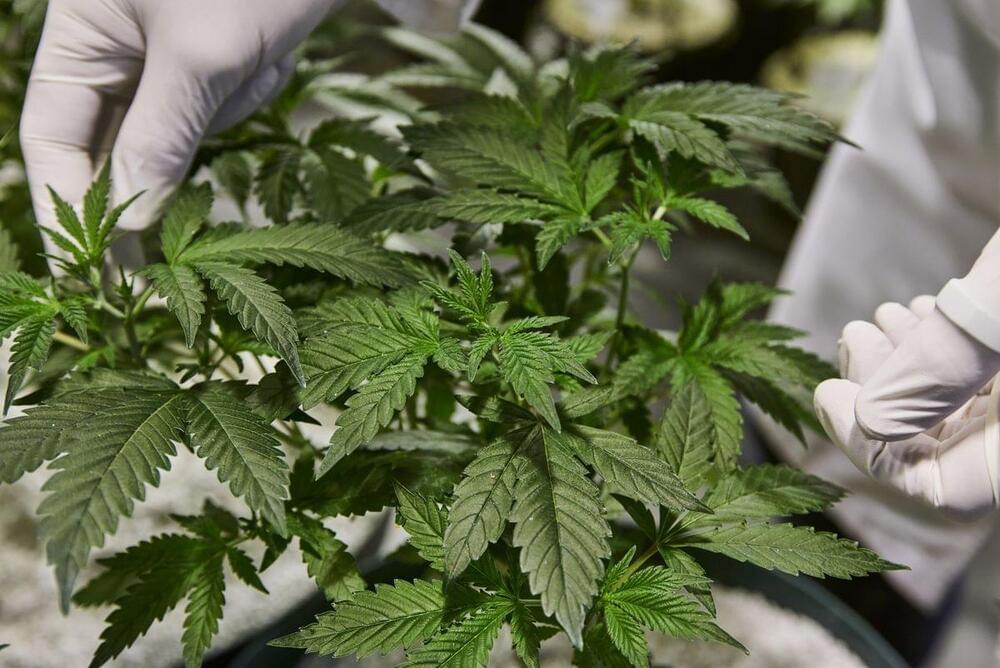

Circa 2020
Harnessing the destructive potential of force and rotation, cutting tools like saws, drills, and angle grinders can obliterate the superlative properties that materials work so hard to perfect. And even when materials are designed to work against the power of these tools, the materials still often fail.
So what if instead we designed materials to work with the power of cutting tools rather than against them? While that may sound counterintuitive, it is just what an international group of researchers has done—and their preliminary tests show the ceramic–metal composite material they designed resists damage beyond shallow surface cuts.
The researchers, from Durham University, University of Surrey, and University of Stirling in the U.K. and Fraunhofer Institute and Leibniz University Hannover in Germany, developed a ceramic–metal composite that, despite being just 15% as dense as steel, is nearly uncuttable. By harnessing the power of vibration, the material directs tools’ destructive energy back upon themselves, wearing the tools down before they can inflict serious damage on the material.
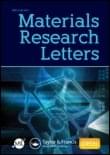
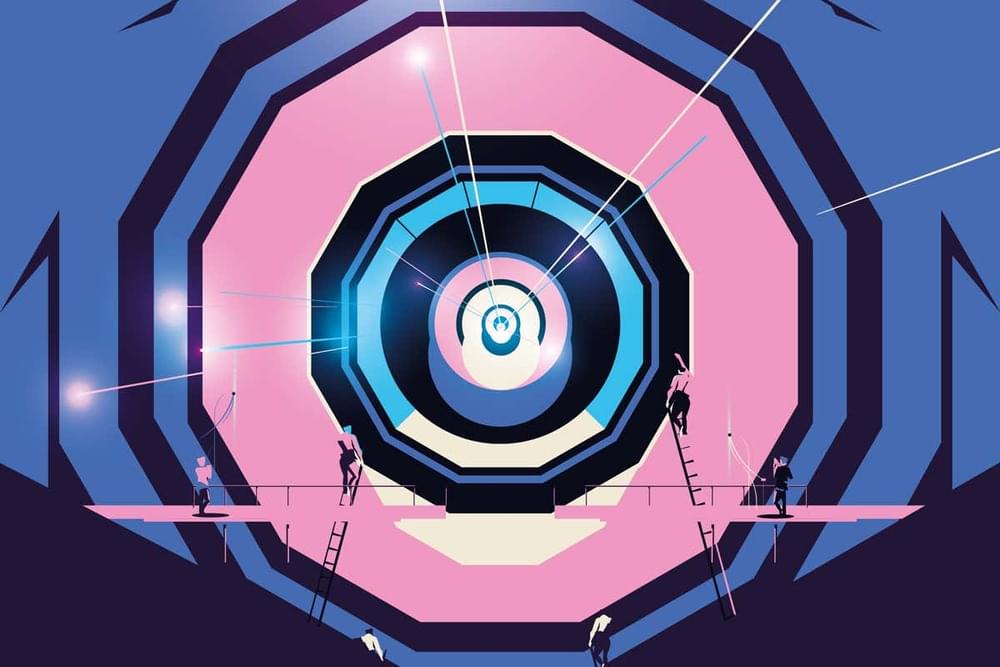

Scientists have found a new “strange metal” that behaves in ways they can’t quite understand.
But the discovery could be key to finding out an explanation for a phenomenon that has troubles researchers for decades.
Most materials, such as copper and silver, behave in predictable and well understood ways, and scientists understand how their electrical conductance changes when they are heated or cooled.

DeepScribe, an AI-powered medical transcription platform, has raised $30 million in Series A funding led by Nina Achadjian at Index Ventures, with participation from Scale.ai CEO Alex Wang, Figma CEO Dylan Field and existing investors Bee Partners, Stage 2 Capital and 1984 Ventures. The company’s latest round of funding follows its $5.2 million seed round announced in May 2021. DeepScribe was founded in 2017 by Akilesh Bapu, Matthew Ko and Kairui Zeng with the aim of unburdening doctors from tedious data entry and allowing them to focus on their patients.
In 2019, DeepScribe launched its ambient voice AI technology that summarizes natural patient-physician conversations. The idea for DeepScribe was prompted by Bapu and Ko’s own experiences. Bapu’s father was an oncologist and he saw the toll that documentation had on his father’s work/life balance. On the other hand, Ko saw how the burden of clinical documentation was impacting patients’ perception of care when he was the care coordinator for his mother when she was diagnosed with breast cancer.
After being frustrated with the care his mother was receiving, Ko turned to Bapu and his father for help. The pair then began to understand the importance of clinical documentation and realized that recent breakthroughs in artificial intelligence and natural language processing were not being used to remedy the situation. They then decided to create a platform that would address the problem.
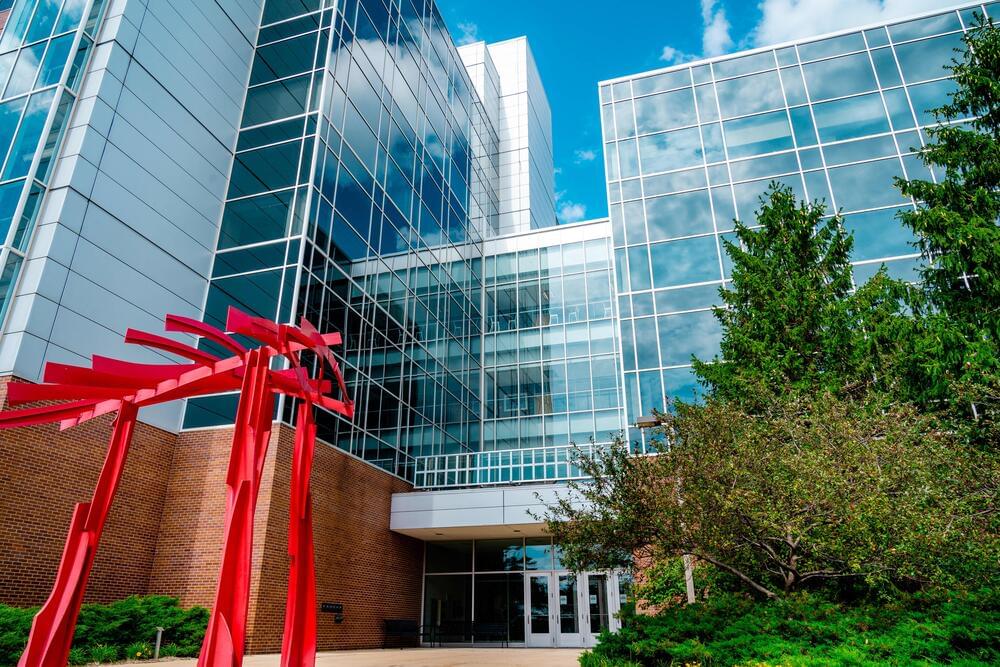
Ubiquitous Energy solar energy capturing windows installed at Michigan State University.
Courtesy of Ubiquitous Energy.
A material science start-up, Ubiquitous Energy, is raising tens of millions of dollars to turn windows into surfaces that capture solar energy. The California start-up announced on Tuesday it closed a $30 million funding round, including an investment from consumer window and door manufacturing giant Andersen Corporation, bringing its total funding raised to $70 million.
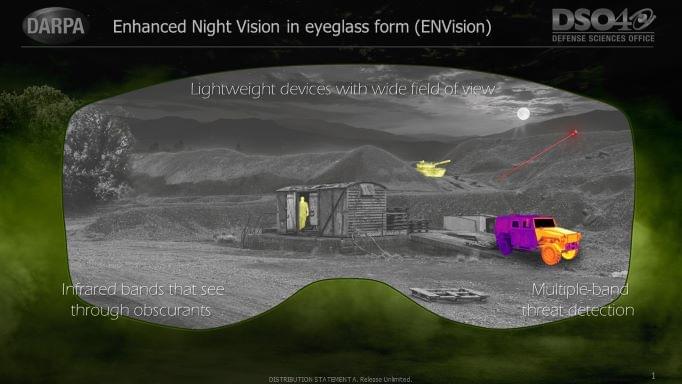
Current night vision (NV) devices are bulky and heavy, resulting in a significant torque on the wearer’s neck. This torque greatly limits the wearer’s agility and often leads to chronic injury over prolonged use. Additionally, existing NV devices only provide a narrow field of view (FOV) and are limited to the near-infrared (IR) spectral bands, greatly limiting situational awareness in varied night conditions. ENVision seeks to leverage recent advances in planar optics and transduction materials to develop NV systems that don’t require bulky image intensifiers, provide wider FOV, offer enhanced visual access across IR bands, and are lightweight to reduce neck strain.
Five teams were chosen to develop multi-band, wide FOV planar optics and planar image intensifiers that impose near-zero neck torque on the wearer. Another five teams were selected to explore new methods to amplify photonic up-conversion processes from any IR band to visible light to enable future “intensifier-free” night vision systems.
For listing of the teams selected visit: https://www.darpa.mil/news-events/2022-01-12a
A century after the quantum revolution, a lot of uncertainty remains.
